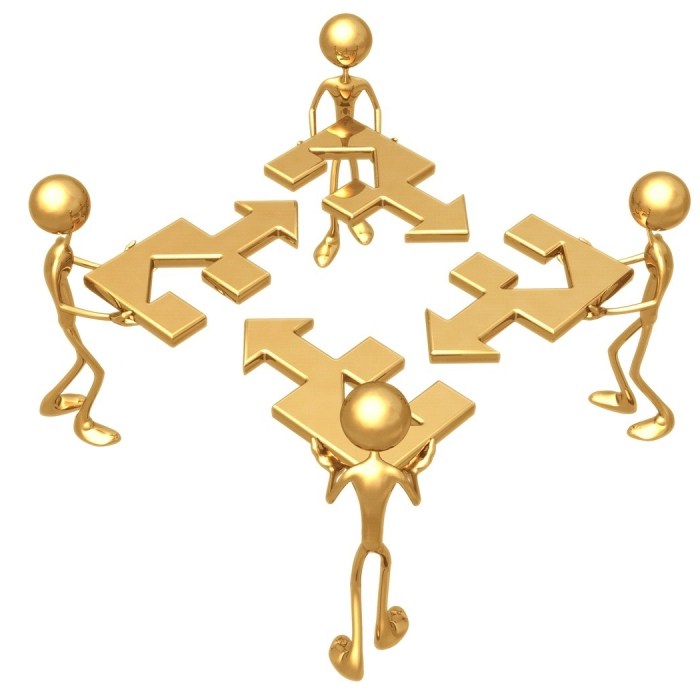Linear structure of management: the pros and cons
The linear structure of company management canbe attributed to the simplest method of building an organizational system in which the principle of centralism is embodied. The head has all kinds of powers, full power and sole executive exercise. But the chief will be responsible for all the results of corporate activity.
Each subordinate has onlyone single leader, but every boss has several subordinates. This will depend on the standards of manageability approved in the organization. That is why the development of the company leads to an increase in the number of levels in the management of the company.
The linear control structure is formed inaccording to the production feature, taking into account the degree of concentration of production, technological features, range of services or products. Such a system has both positive and negative qualities.
The linear structure of management has the following advantages:
- efficiency in the adoption and implementation of decisions taken;
- the presence of relative simplicity in the performance of management functions;
- there is a very clearly expressed responsibility.
But there are a lot of shortcomings.
First, the linear structure of enterprise management has disconnected horizontal links in the enterprise systems.
Secondly, the system has a large number of contacts with employees. This will create a constant information overload.
Thirdly, in the event that increasesthe number of managerial levels, the process of making and implementing decisions is extended. Since their execution occurs "from the top down", and sometimes "spreads" through horizontal contacts.
Fourth, gradually increasing the number of basic levels in management, when the organization is growing.
Fifthly, the linear structure of the organization has a very rigid system, the change of which is impossible.
Considering the pros and cons of building such a system, we can distinguish the following areas of its application:
1. The linear management structure will be effective in enterprises with a population of three hundred to five hundred people.
2. The organization must necessarily have a high level of subject and technological specialization (for example, metalworking, assembly, rendering of any services, etc.).
3. In the enterprises of regional industry. It is about the production of products from local raw materials, the production of consumer goods and so on.
As a result, in practice, these types of linear structural units are gradually being formed.
First, a functional system in which structural departments and units will be grouped according to the functions performed.
Secondly, the process model. In its implementation, each unit is formed according to the executed processes.
Thirdly, a project system in which each structural department will be grouped according to the tasks, stages and problems that will be performed.
Fourth, the product model. When it is implemented, structural units will be formed according to the products of manufacture.
Fifth, the counterparty system, which is focused on the customer, contractor, supplier. Each structural unit will be grouped in accordance with the counterparties.
Such a division is, of course, conditional andvariational. But, in any case, the linear structure of management is a complex system that develops in accordance with its specific laws, principles and laws.
</ p>








